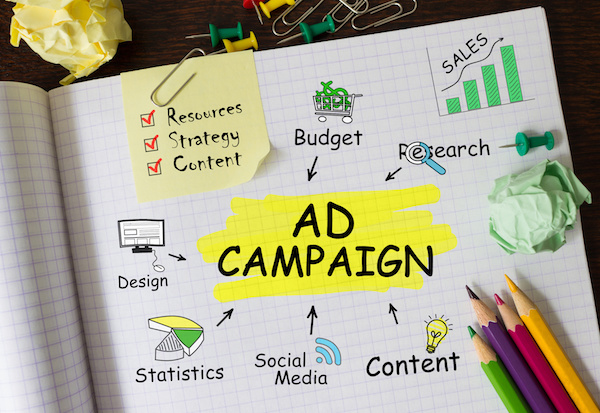
There are a lot of types of digital marketing advertisements that have unique opportunities to connect with consumers, however, in terms of effectiveness, viewability, memorability, and engagement, there may be one or two that are better suited to your brand. After all, every business has its distinguished way to attract shoppers, and what works best for one may not work well for another. So, if you’re hoping to capture a lasting effect on your e-commerce visitors, it may be time to try a new form of digital advertising.
Viewability and memorability digital ad formats
We’re living in a digital age where it can prove to be difficult to attract the attention of your audience. That being said, there are many elements to consider digitally if you’re hoping to create a viewable and memorable advertisement. So, with a little creativity and some added cleverness, you’ll be able to forge an online display that’s noteworthy and significant.
- Instagram advertising: This type of ad campaign allows e-commerce business owners to pay and post sponsored content to reach a larger target audience. All you need is a set of images, a video, and some accompanying text and you’ll be in a better position to reach your audience using Instagram advertising.
- Large-format, in-article advertising: This type of ad campaign involves the use of the Google-optimized ad format, which helps e-commerce business owners place native ads within an article, between the paragraphs of the pages. It’s an ideal digital marketing advertisement because it creates a blended experience for the reader. It’s also fitting for mobile use, as the articles are created to be full-width ads that monetize for smaller screens.
- In-app gaming banner advertising: This type of ad campaign is alive and well, consisting of video-based content, especially in the world of casual, free mobile games. Since these types of ads are usually used during the downtime of your addictive gameplay, they are a bit more forceful, which allows them to be seen by a diverse audience. This is likely why in-app gaming ads are experiencing the fastest growth and development in advertising!
- Desktop banner advertising: This type of ad campaign is a highly customizable option, allowing for both video and images. You’re also able to work with a graphic designer to create a specialized size that streamlines at a particular angle across your website’s homepage. Just be sure that the banner is optimized for mobile use as well.
- PPC advertising: Also, known as pay-per-click marketing, PPC is an internet advertising model that’s used to drive traffic to websites, in which the advertiser pays the publisher (for example, Google and Facebook) when the ad is clicked.
- Google Shopping: This type of ad campaign allows users to search for products and services on Google and compare prices between vendors. To make the best use out of Google Shopping, retailers will want to use both Google AdWords and Google Merchant Center.
Build brand recall using your digital marketing advertisements
Strategic repetition is the best way for you to leverage your campaigns and build a consumer recall with your brand. While you wouldn’t want to simply do the same type of adds over and over, you’ll want to use some repetitive elements in each of your ad campaigns to build awareness, recognition, and a sense of consistency among your business. Remember that every brand caters to a specific demographic or person, so speak to your people and find yourself an ideal fit in terms of advertising. Consider things like age, location, gender, life, and even online activity if you’re hoping to align with the values of your target audience. That being said, here are some questions that you can ask yourself when plunging into a new campaign start:
- How does my target audience align with my brand?
- What are my customer’s wants and needs?
- What brand message could I display to answer those needs?
- How can I creatively support my brand identity in this ad?
- What mission, vision, and values does this campaign speak to?
- Will the websites running my ads be able to support the visual elements of my campaign?
Do you have any other expertise or experience relating to the effectiveness of digital ads? Drop a comment below to share.
Alex Wilks has been working as a copywriter and digital marketing strategist since 2018, with added specialties in social media and email marketing. With a Bachelor’s Degree in Journalism and Communication, she is a natural content writer with the ability to connect well with her target audience.


